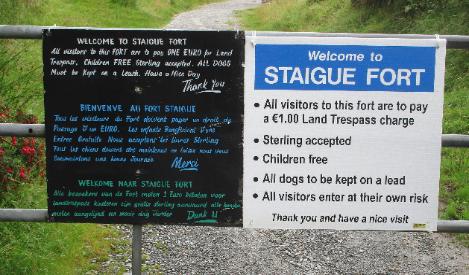
Where We Be
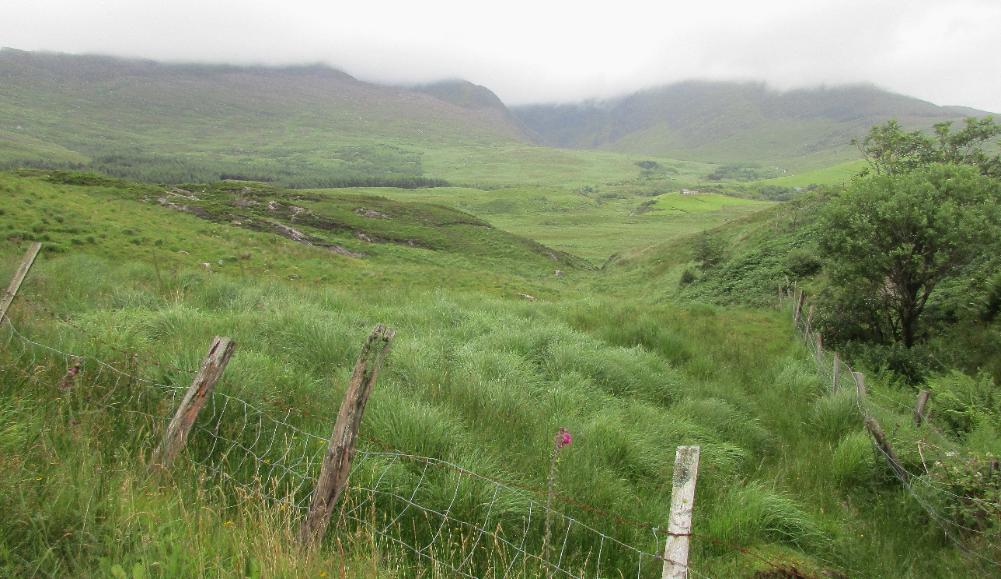
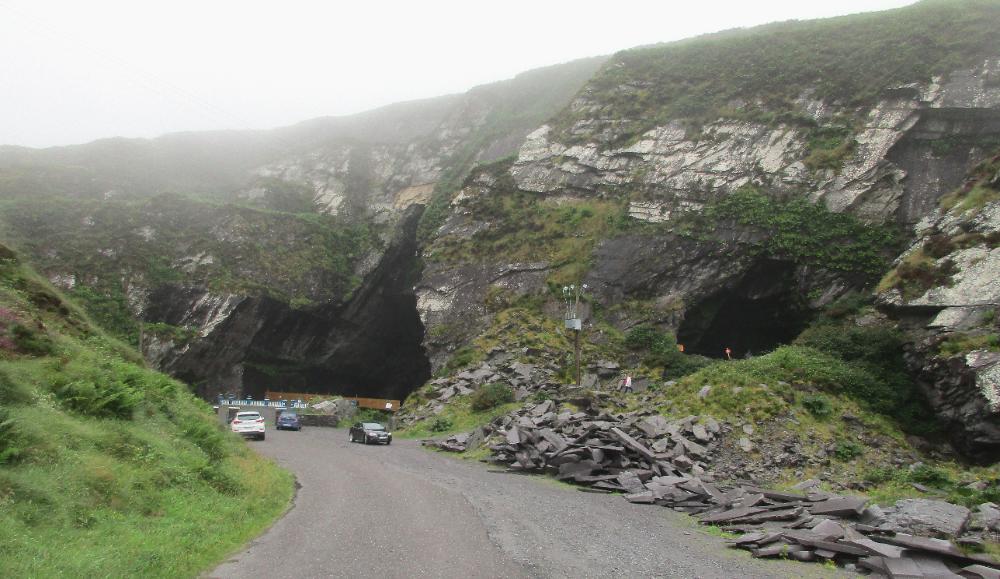
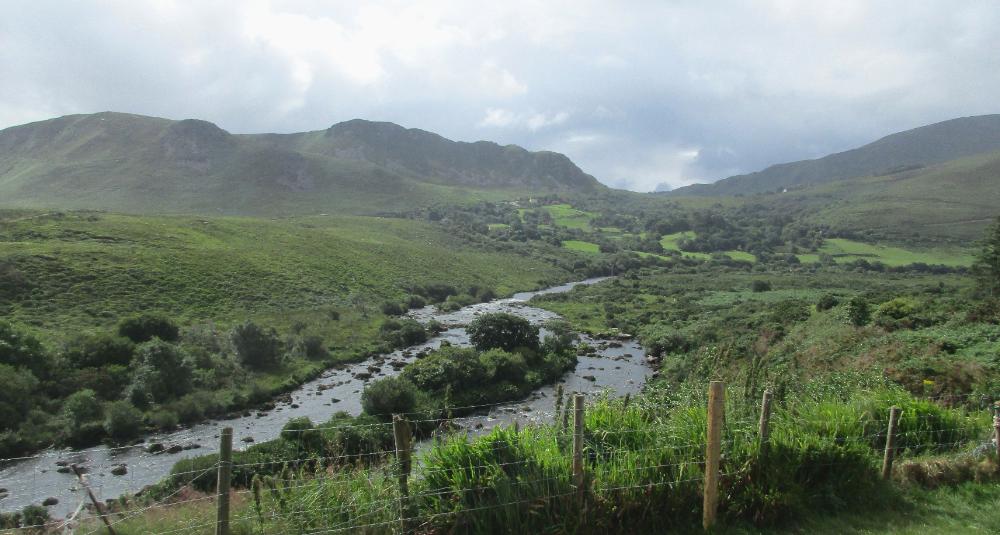
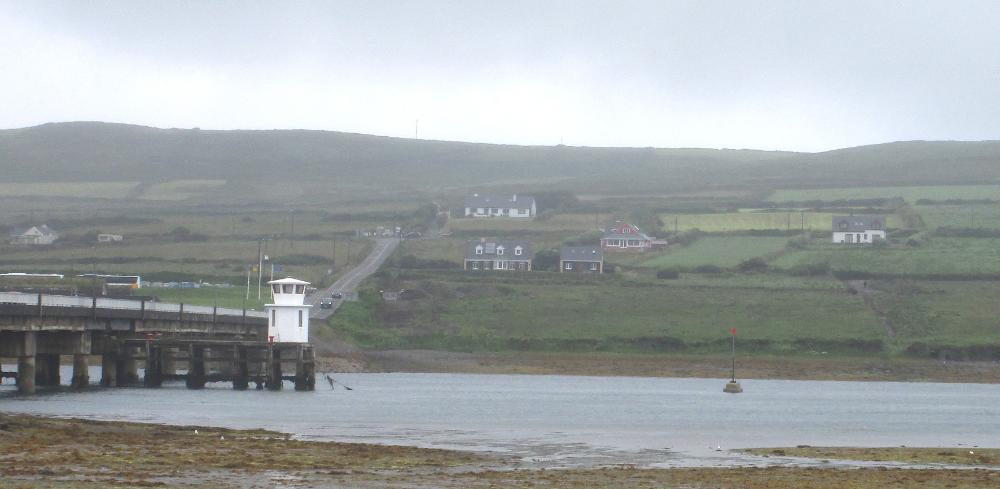
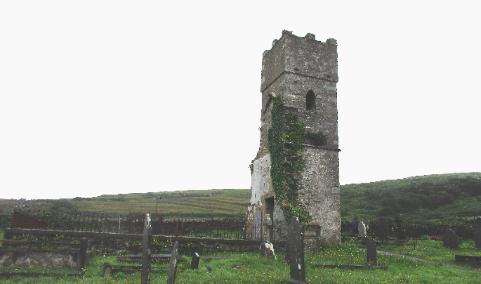
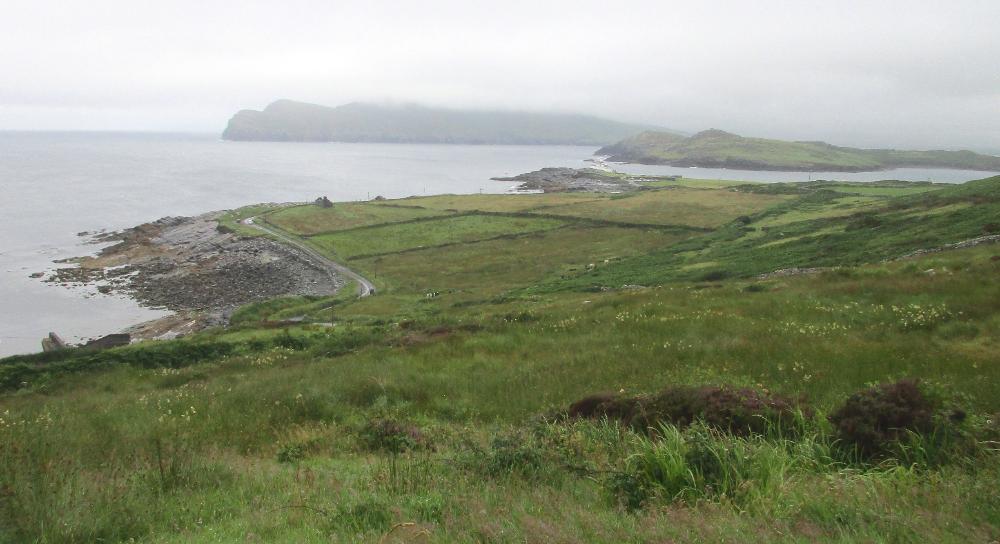
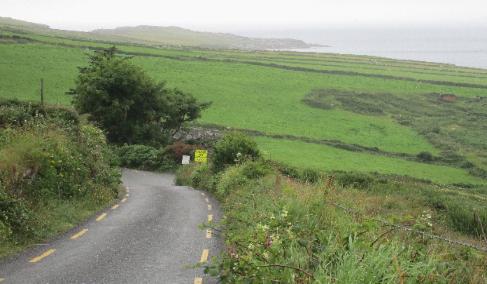
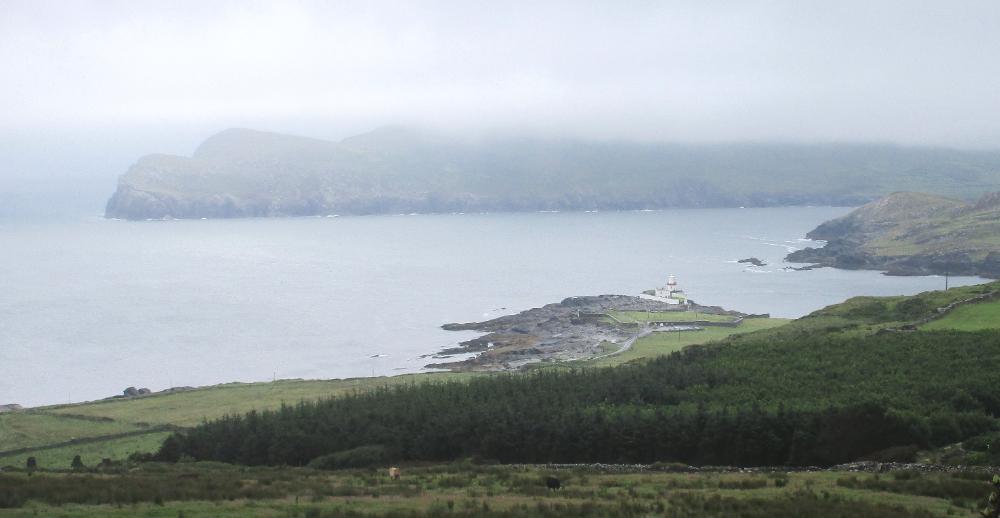
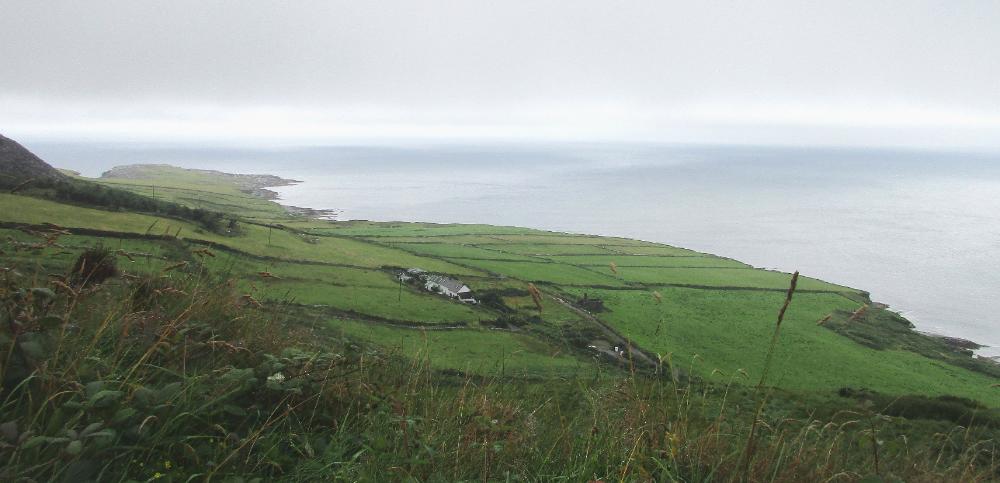
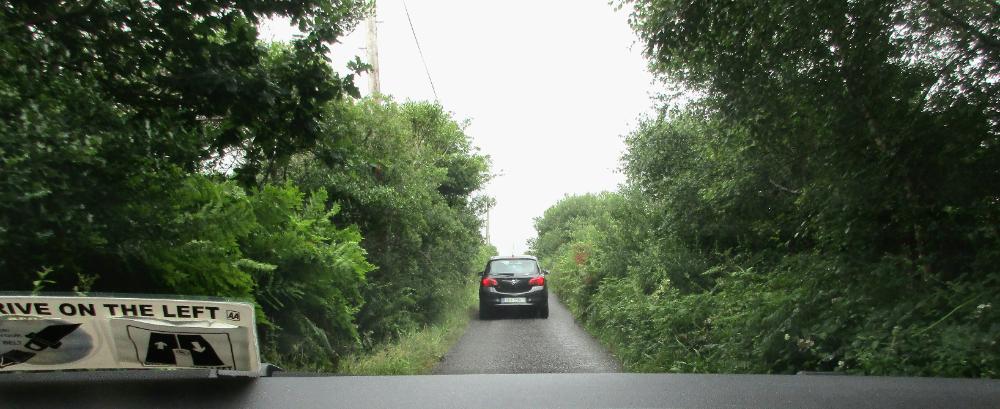
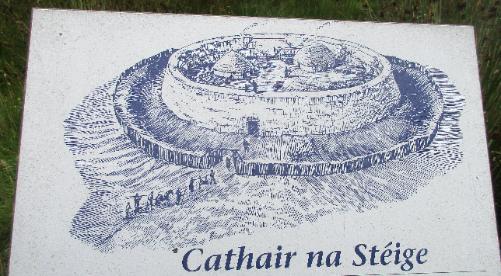
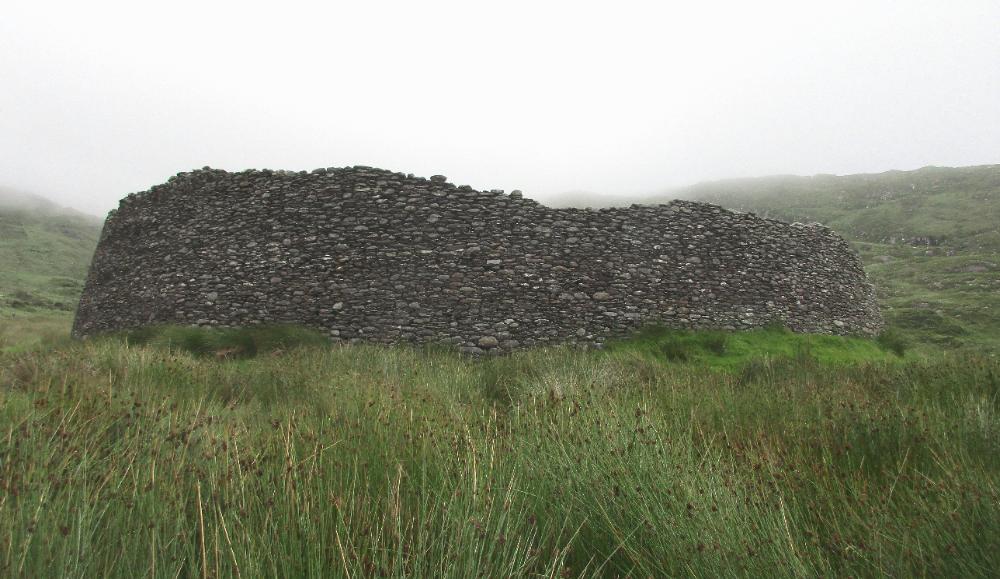
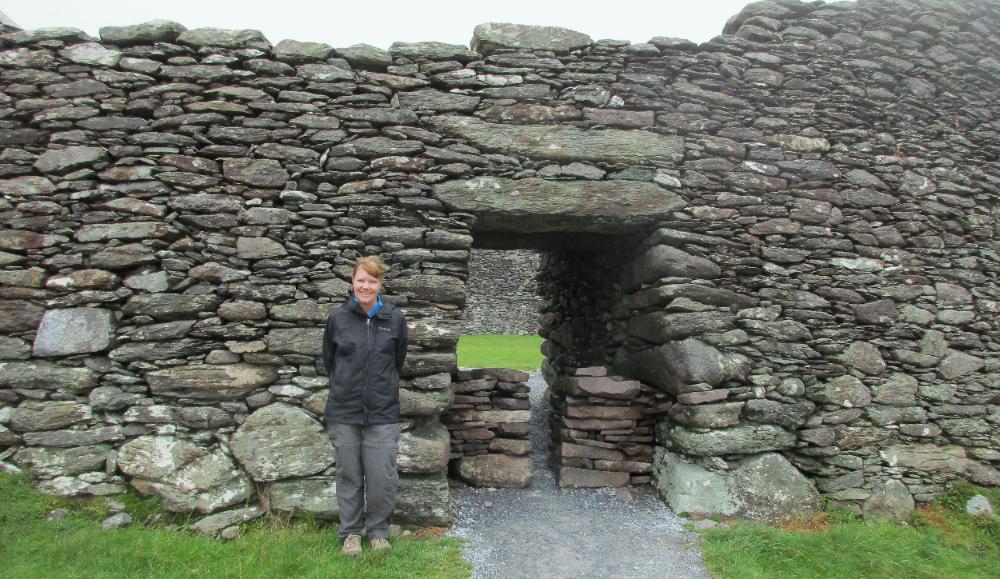
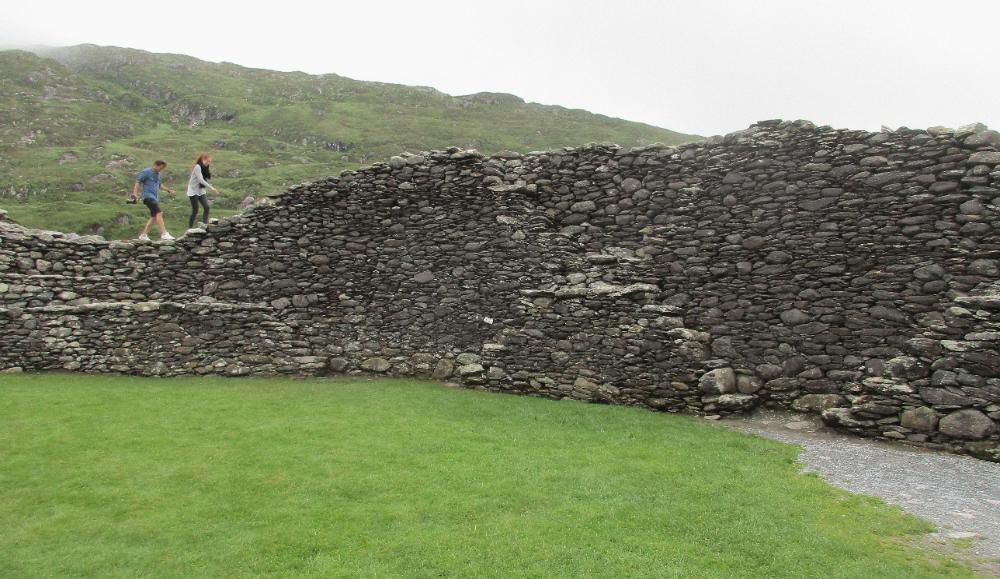
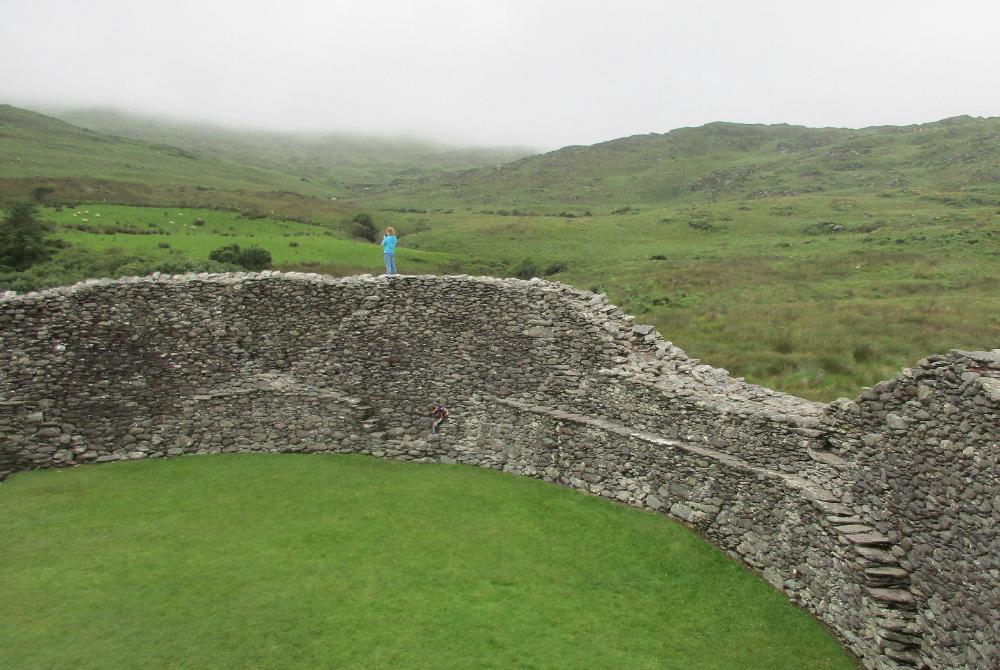
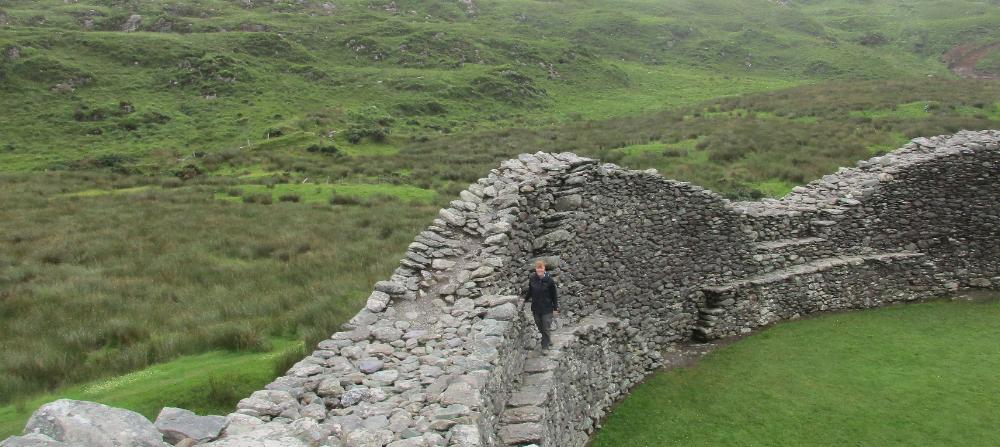

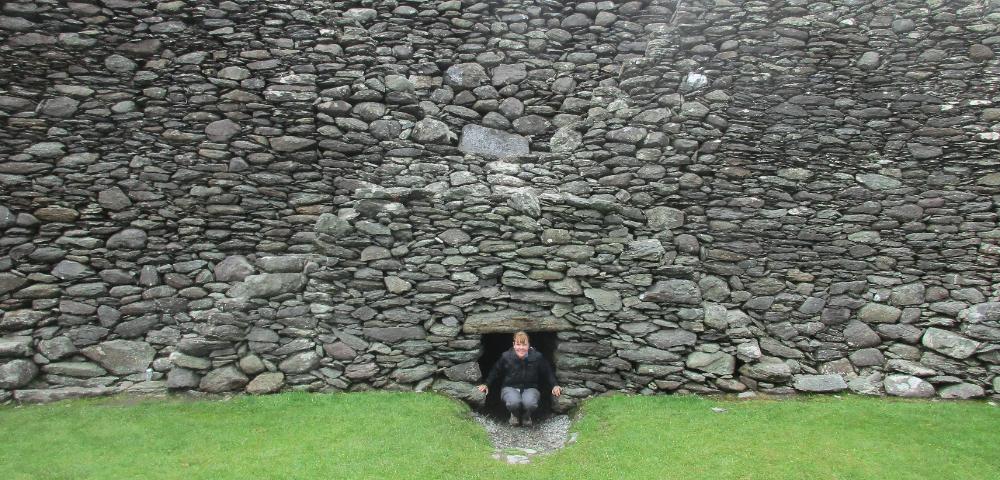
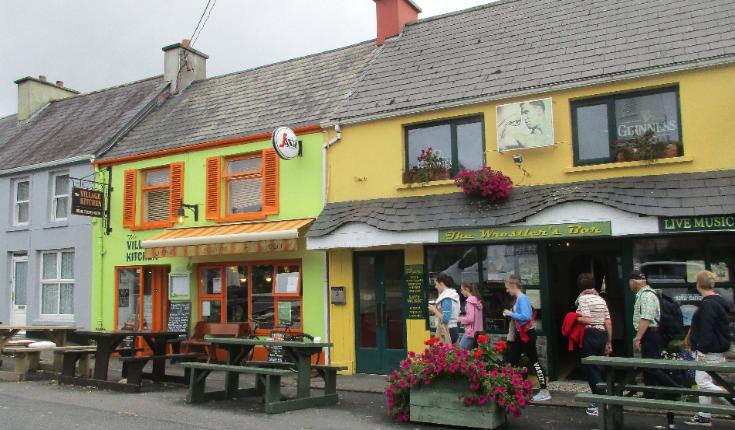
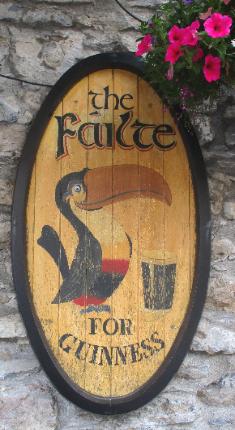
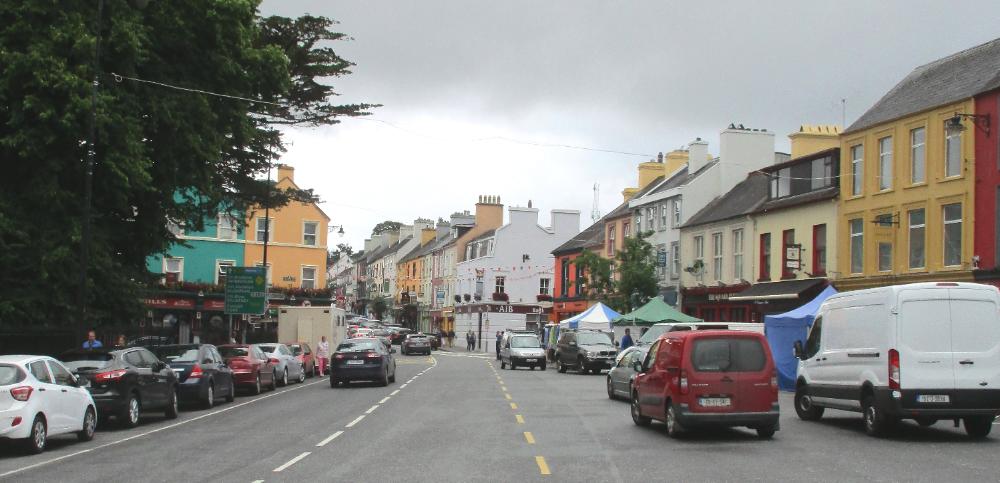
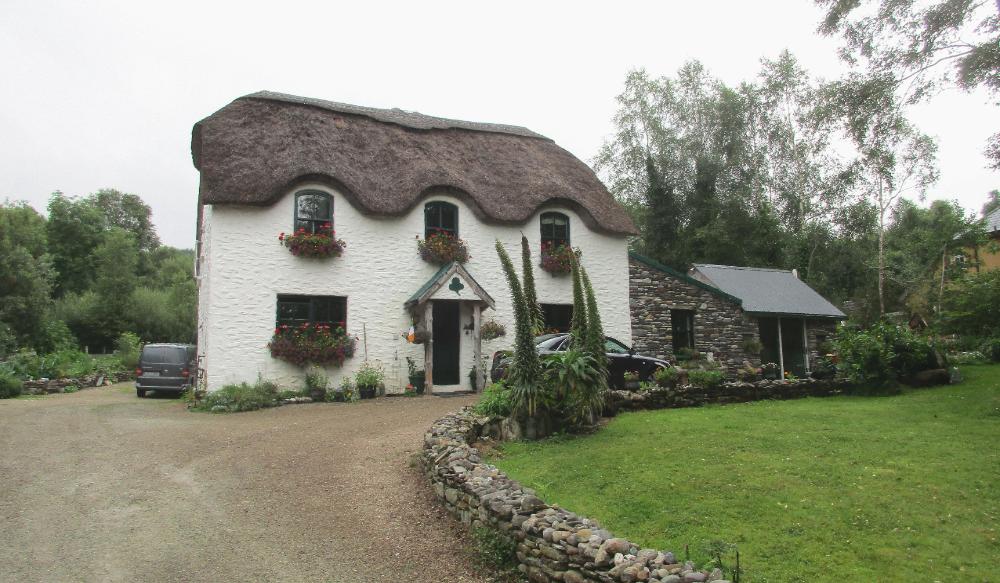
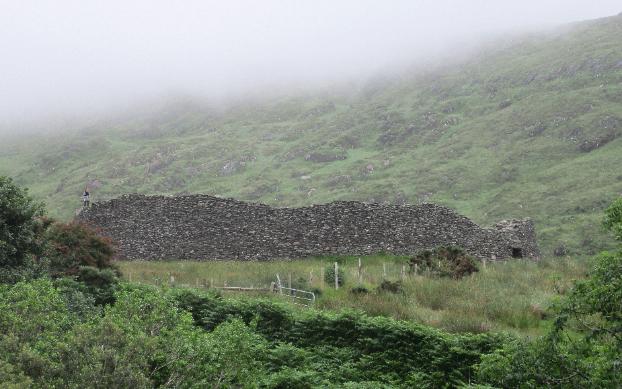
| Ring of Kerry, Ireland |
The Ring of Kerry is a loop road in southwest
Ireland that is very much on the tourist map. It
offers terrific scenery as you drive along its 110
miles (180 km). We drove the loop counter-
clockwise since this is the direction tour buses
go too, meaning less direct encounters with
them on the narrow roads. Our day was misty
and rainy, which is not at all surprising along
the Ring of Kerry. We can only imagine how
beautiful it would look on the rare sunny day.
Our favorite sight was Staigue Fort, a largely
intact ring fort probably built between 300 and
400 AD as a defensive stronghold for a local
lord. Just getting there was an adventure: the
startlingly narrow side road went on for some
two miles or so, snaking between a corridor of
hedges. The circular fort itself was constructed
without mortar and is charming in a ruins sort of
way. The scenery is misty and dramatic – very
Irelandesque. It only cost €1 each to visit and
there were only a few others there, perhaps
because tour buses can’t make it up the road.
Ireland that is very much on the tourist map. It
offers terrific scenery as you drive along its 110
miles (180 km). We drove the loop counter-
clockwise since this is the direction tour buses
go too, meaning less direct encounters with
them on the narrow roads. Our day was misty
and rainy, which is not at all surprising along
the Ring of Kerry. We can only imagine how
beautiful it would look on the rare sunny day.
Our favorite sight was Staigue Fort, a largely
intact ring fort probably built between 300 and
400 AD as a defensive stronghold for a local
lord. Just getting there was an adventure: the
startlingly narrow side road went on for some
two miles or so, snaking between a corridor of
hedges. The circular fort itself was constructed
without mortar and is charming in a ruins sort of
way. The scenery is misty and dramatic – very
Irelandesque. It only cost €1 each to visit and
there were only a few others there, perhaps
because tour buses can’t make it up the road.
| Staigue Fort is one of the best examples of a ring fort you'll see in Ireland. The person climbing along the ramparts gives you a sense of its size. |
| The Ring of Kerry gives you a good taste of quintessential Irish scenery |
| You'll pass rural seaside villages along the way |
| You'll pass this old church tower outside of Knightstown, the main town on Valentia Island |
| We recommend you take the short bridge to Valentia Island from Portmagee to experience the quieter "Ring of Skellig" scenic loop |
| The roads on Valentia Island are narrow but there aren't so many cars or buses. The Skellig Ring still feels off the beaten path. |
| We detoured a little ways off the main Skellig Ring to view this lighthouse from above |
| The view looking away from the lighthouse feels like land's end |
| The lighthouse overlook also lets you check out this huge natural grotto that once functioned as a slate quarry |
| A narrow road through a corridor of hedges leads to Staigue Fort. When a car comes the other way, it can get interesting fast! |
| A sign greets you at the entrance -- it's just a short walk from here |
| A diagram shows what the fort might have looked like in its heyday back in the 4th and 5th centuries AD |
| Now it looks a bit worse for wear but still quite impressive |
| The entryway is mostly blocked with stones, leaving only a narrow passageway -- and making the fort more defensible |
| It's fun to climb all over the ramparts |
| The fact that ring forts like this used no mortar but are still intact is testament to the craftsmanship with which they were built |
| Dry-walling -- the craft of carefully interlocking stones to achieve real stability -- has a long tradition in Ireland and helps explain why so many ring forts still stand |
| Ten flights of steps, each in an X shape, are built into the internal wall, giving access to the top of the rampart |
| Robin crouches at the entrance to a small stone room. Local lore says these used to be the beginnings of passageways connecting one fort to another underground. |
| You can't do much about the weather, and much of our day was rainy and misty. On a sunnier day the scenery might feel dramatically different. |
| The tiny village of Sneem is worth a look around. Although it was once remote and relaxed, it can now be overrun with tourists -- a common problem on the Ring of Kerry. |
| Kenmare was our final stop of the day. It can make a good base for exploring the Ring of Kerry instead of the more popular Killarney. |
| We stayed just beyond Kenmare, out in the countryside at Lissyclearig Thatched Cottages. We couldn't resist the chance to stay in an actual thatched cottage! |
